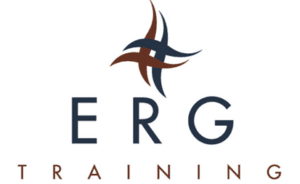ERGT Australia operates across three purpose-built training centres which provide participants with an immersive, experiential training experience relevant to high risk workplaces. With over a quarter-of-a-century of operations, ERGT Australia has become a stand-out in quality, consistent training for our clients work and operating in complex work environments.
Our History
2022
We refreshed our brand to reflect our 28-year history while we also celebrated ten years at our purpose-built Jandakot training centre.
Significant investment has been made in emergency response training capability with the introduction of custom designed LPG fuelled training props (Altona and Longford), the launch of hydrogen and lithium fuel source emergency response training, along with expansion to our self-rescue and fire extinguisher training area at Jandakot.
Helicopter Underwater Escape training facilities received a nationwide upgrade with the installation of the Canadian Modular Egress Training Simulators. These are recognised as setting the world’s benchmark in high-fidelity HUET providing world class standard at all ERGT training centres.
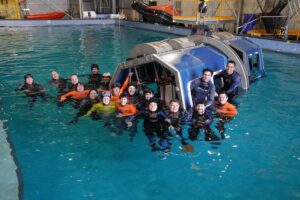
2021
ERGT provides specialty safety diver team to HMAS Cerberus, Victoria.
The newly constructed Maritime Survival Training Centre includes a ‘world first’ simulator for rigid-hull inflatable boats (RHIB), specifically for the training of Australian Navy personnel. This facility is capable of replicating one metre waves, 60km/h winds and offers a variety of lighting and sound effects to create scenarios for upturned RHIB rescue training exercises.
The Victorian based ERGT team provide safety divers at HMAS Cerberus, adding to our specialised military training capability offered Nationally.
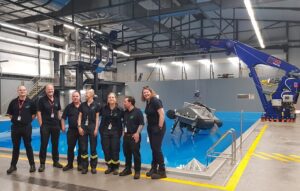
2020
2020 brought expansion to ERGT’s capability with the opening of the North Fremantle Training Annexe, Western Australia.
Located on the waterfront, this allows the efficient delivery of maritime based safety courses. The facility includes one classroom to deliver theory sessions and a lifeboat launch platform with freefall davit, swing arm davit and twin arm davit launch mechanism.
ERGT operate a courtesy bus service connecting facilities for trainees, in the event courses include training in both our Fremantle and Jandakot Training Centres.
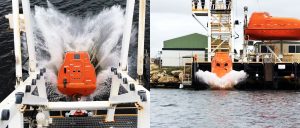
2019
ERGT Australia celebrates 25 years since establishment with a renewed focus on taking a collaborative, partnership-driven approach to training.
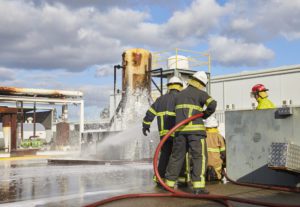
2018
In January 2018, ERGT relocated its Darwin office and safety training facility to Charles Darwin University’s Northern Australian Centre for Oil and Gas (NACOG). This co-location enables a collective effort toward understanding and meeting the training and education needs of industry in the region, and resulted in development of new training facilities including firefighting, height safety and confined space training props.
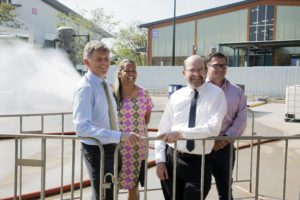
2016
The Australian Defence Force awards operation of its training centres in Nowra and Townsville to ERGT Australia, further cementing the interstate expansion. The ADF also accesses HUET modules in both Brisbane and Adelaide, and the ERGT Australia facility in Darwin for further training.
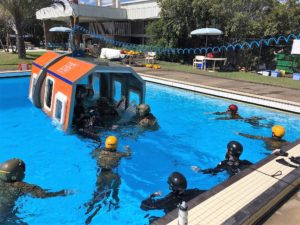
2016
In response to demand for a dedicated training centre in the Northern Territory’s industry hub, ERGT Australia opens its Safety Training Centre in Palmerston. Like its Melbourne and Perth centres, the facility provides immersive training for local, national and international operators who value effective training for their workforce.
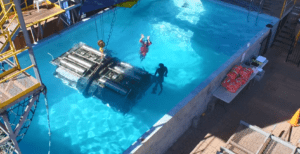
2014
The Melbourne Safety Training Centre opens, designed to facilitate ERGT Australia’s immersive, workplace-aligned training model. The centre includes classrooms, dedicated fire, maritime and HUET areas, and is equipped to simulate a variety of high risk workplaces, including a production platform with separator and acid tank, permit office, HUET module, TEMPSC, and two training pools. An outdoor fire ground is used for Incident Response training.
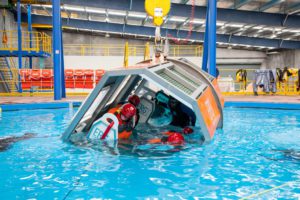
2012
ERGT Australia opens a new industry-leading Safety Training Centre in Jandakot. The purpose-built centre simulates high-risk workplaces and includes 30 classrooms, a three-storey production platform, raised helideck complete with Sikorsky S-76A helicopter, sea survival pool and state-of-the-art fire ground.
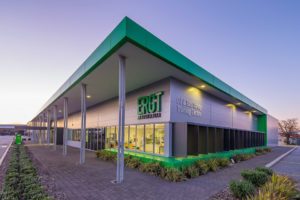
2010
ESSO Australia awards its contract to operate two training centres in regional Victoria to ERGT Australia, providing the business with the opportunity to expand interstate. The centres include a Fire & Emergency Training Centre in Longford and Sea Survival Training Centre in West Sale.
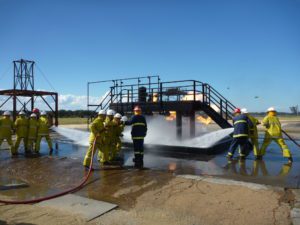
2005
A major investment at the Jandakot Airport facility includes a built-for-purpose sea survival pool for HUET and an upgraded outdoor fire-fighting incident response facility. The facility supports the oil and gas industry’s drive to achieve observable training outcomes from immersing trainees in realistic workplace-aligned surroundings.
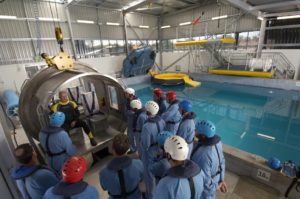
2004
Working closely with clients, ERGT Australia matures its training offering and introduces four key elements into all training: Safety, compliance, cost effectiveness, and participant engagement. This ensures participants continue to receive engaging and relevant training whilst building on an outstanding safety record and providing a cost-benefit for clients.
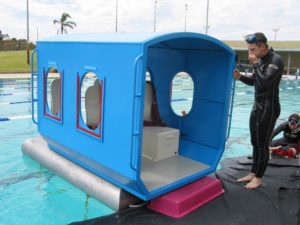
1997
The ERGT Australia HUET facility becomes the first of its type to be accredited in Australia.
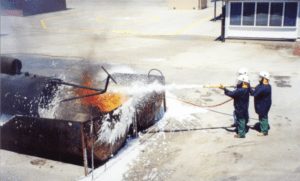
1995
With WA’s resources and energy sectors growing at pace, ERGT Australia develops a reputation as a people-focussed business where participants receive training relevant to the workplace. ERGT Australia moves to a training centre at Jandakot Airport to deliver fire-fighting training and Helicopter Underwater Escape Training for WA’s oil and gas sector.
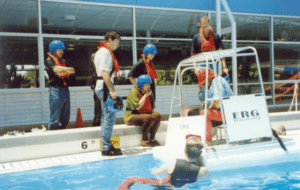
1994
ERG Training is founded by Shane Addis and a small team who are working in experiential adventure training for corporate team building. The founding team quickly realised experiential training could be more than good fun – it delivered engaging and effective training that was transferrable to safety and emergency response training relevant to WA’s burgeoning energy and resources sectors.
